If you believe the storyline, Precision Scheduled Railroading has two chapters. The first is an obsession with costs and efficiency that ultimately results in a railroad that moves its tonnage with far fewer locomotives, freight cars, shops, yards, and people. The second chapter is the so-called Pivot to Growth, in which the lean-and-mean railroad uses its lower costs and more reliable service to capture new business.
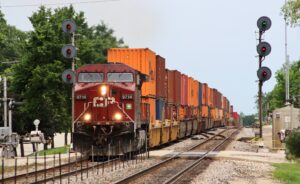
This narrative is based on how the PSR story unfolded in Canada, where CEO E. Hunter Harrison implemented his operating model first at Canadian National and then at Canadian Pacific. Between 2010 and 2019, Canadian rail traffic grew 47%, according to the Railway Association of Canada. Over the same span U.S. rail traffic declined 2%, according to the Association of American Railroads.
The Big Three U.S. PSR railroads – CSX Transportation, Norfolk Southern, and Union Pacific – are either well into Chapter 2 (CSX), at the beginning of Chapter 2 (UP), or in the final pages of Chapter 1 (NS). So, the expectation is for the Pivot to Growth scenario to start playing out in the U.S.
Don’t get your hopes up. Most of the decade of growth at CN and CP was due to factors unique to Canada and had little to do with PSR. So, U.S. rail traffic won’t grow at the same pace as it did up north.
A look at the traffic numbers for 2010-2019 explains why. The outsized growth in Canada was propelled by just three traffic segments: international intermodal, petrochemicals and fuel, and agriculture.
Canadian intermodal traffic shot up 127%, while U.S. intermodal traffic grew a respectable 72%. You can explain the difference through one trend: the ports of Vancouver and Prince Rupert, British Columbia, gaining international intermodal volume at the expense of U.S. West Coast ports.
The Canadian traffic was supercharged by the 40% of containers that land at Vancouver and Rupert, are loaded onto 12,000-foot stack trains, and head to destinations in the U.S. Midwest. It’s unlikely that higher-cost U.S. ports will regain this business. In fact, CN and CP are banking that the ports they serve in Eastern Canada will steal share from U.S. East Coast ports.
The energy boom in Western Canada led to strong growth in fuel and chemicals traffic, which was up 54% compared to just 17% in the U.S. Abundant and cheap natural gas is expected to drive increased plastics and chemical production in the U.S. over the next decade, but the same factors are at work in Canada, too.
Higher grain yields in Canada pushed Canadian agriculture shipments up 16% over the past decade, sending a parade of hopper trains from the prairies to the Pacific. U.S. agricultural rail volume went in the opposite direction: American railroads originated 22% fewer agricultural shipments in 2019 than they did in 2010. Canadian farmers are utterly dependent on CN and CP, while U.S. railroads now haul less than 50% of grain ton-miles. The question should not be whether U.S. railroads can grow their ag volumes but whether they can stem the decline.
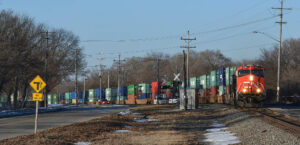
The other major reason for the growth gap is coal. Canada primarily produces metallurgical coal and its railroads saw their coal volume rise 10% over the past decade thanks to exports to Asian steelmakers. U.S. mines mainly produce thermal coal used in power generation. With lower-cost natural gas and renewables rapidly shoving coal aside, U.S. coal volume tumbled 44%. PSR can’t cure what ails coal.
Wrap all these together, and the inescapable conclusion is that the PSR Pivot to Growth is a uniquely Canadian phenomenon.
That said, you have to give CN and CP credit for making the most of their opportunities and working closely with their customers. They collaborated with ports and container lines to become gateways to the U.S. Midwest. CN and CP also find so-called matchback loads to fill containers that otherwise would return to Asia empty, giving their railways a leg up. And without good service and competitive rates, this traffic would have migrated back to U.S. ports.
Canada is not, as some think, the 51st state. The Canadian railroads enjoy some built-in advantages. CN and CP span Canada from east to west and can control their own destiny because they rely far less on interchange than the big U.S. systems do. The Canadian economy also seems more tethered to its railroads thanks to longer distances between population centers and a less robust highway system than in the U.S., making truck competition less intense.

CSX, NS, and UP have all said PSR will make their service more reliable and enable their railroads to grow. Time will tell. But their growth stories are unlikely to rival the Canadian experience.
You can reach Bill Stephens at bybillstephens@gmail.com and follow him on Twitter @bybillstephens






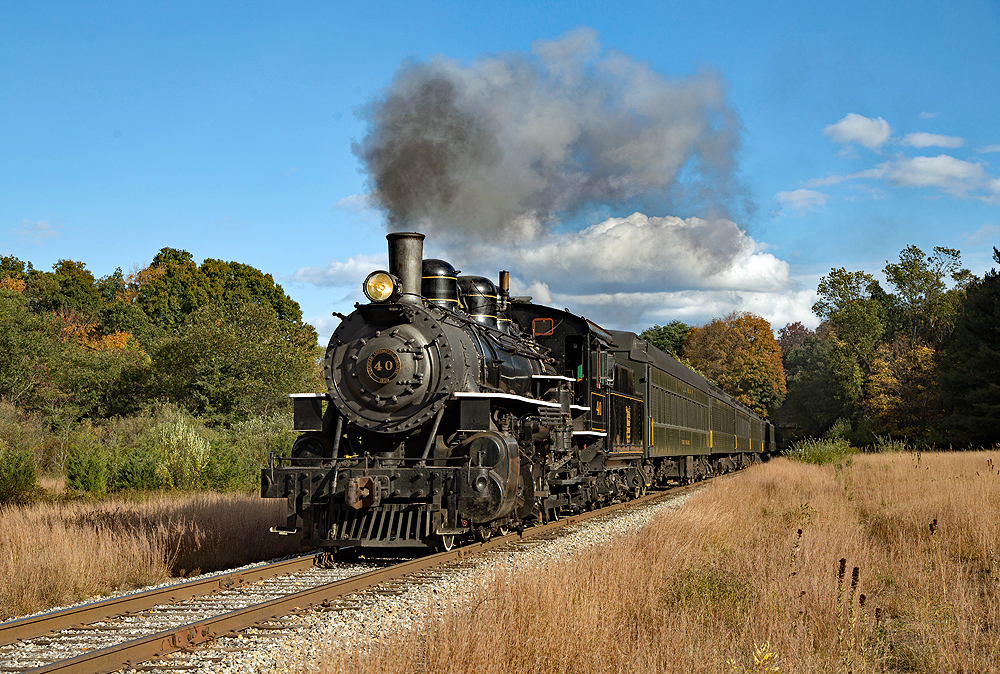
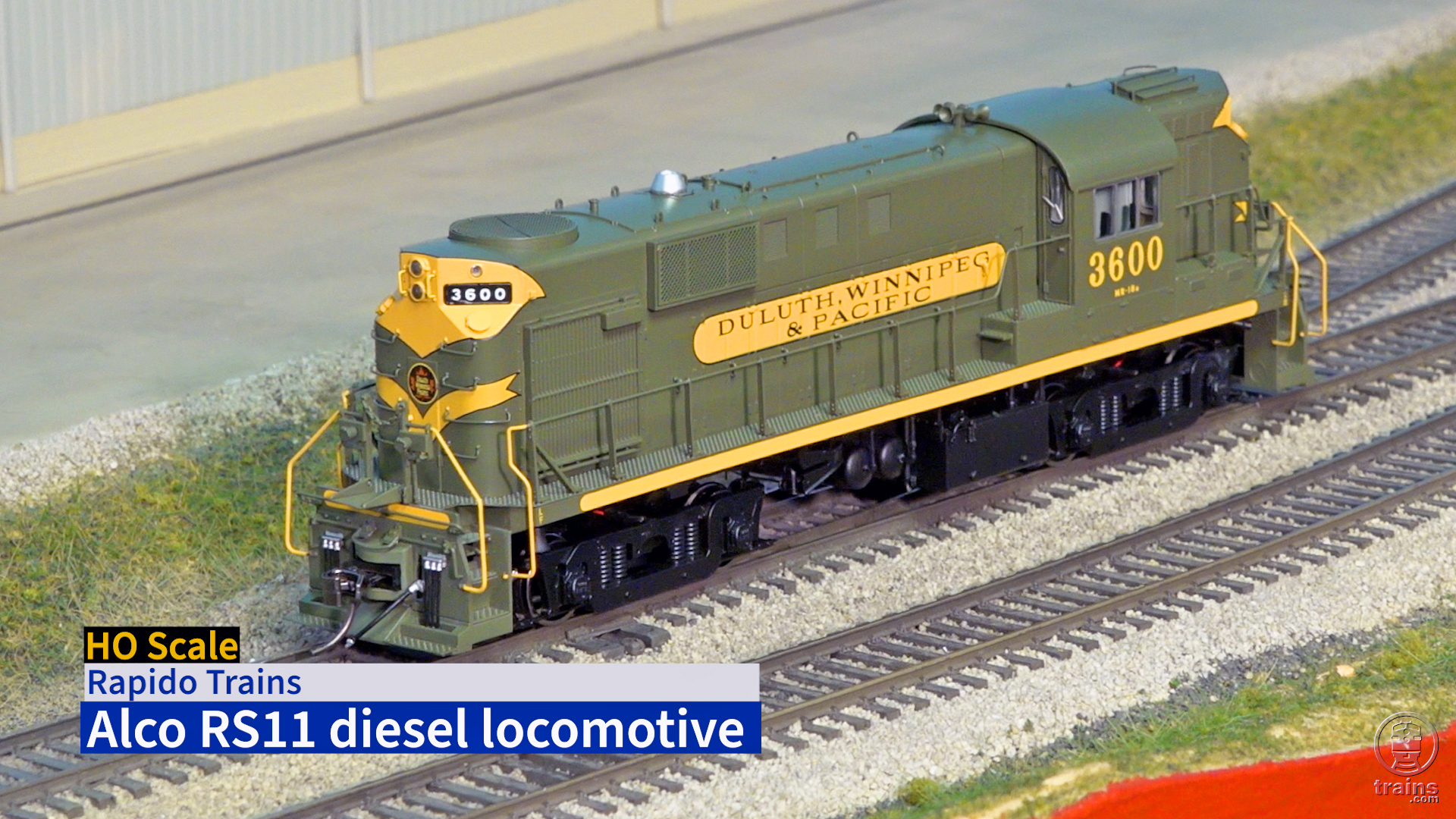
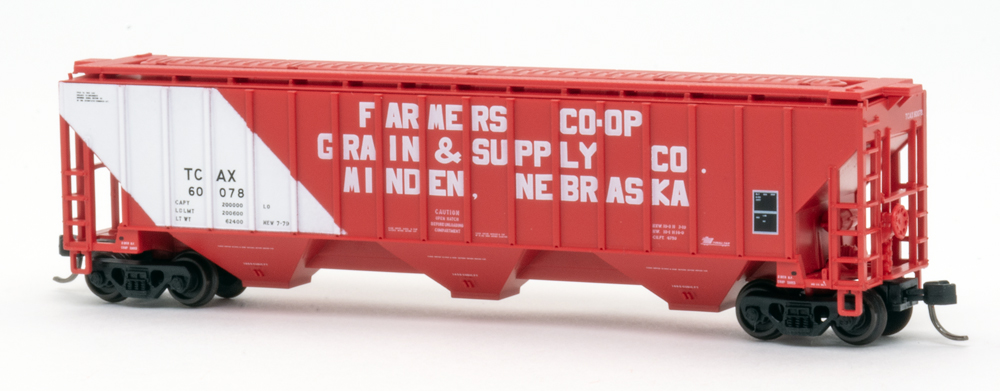
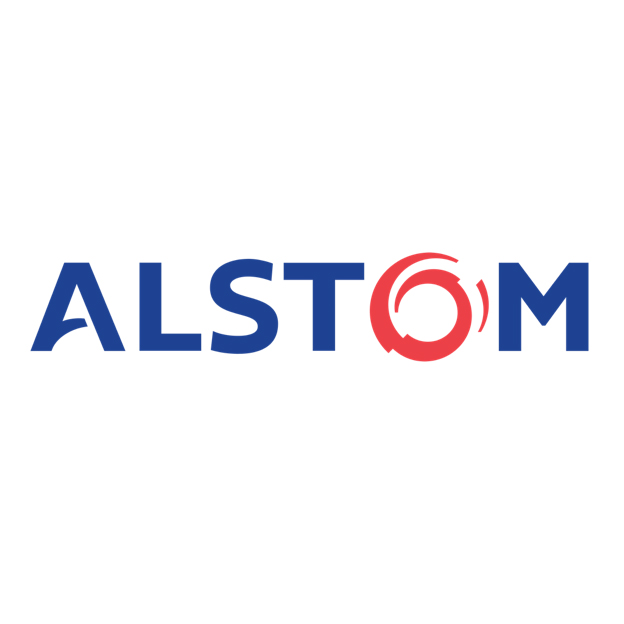




Thank you for a thoughtful essay – when the only gauge of success is bottom line “efficiency,” and a Happy Wall Street, we have a formula for disaster. I’ve joked over the years that the worst thing to happen to American Business is the MBA glut – young women and men who have little or no experience in an industry, coming in with their heads full of Wall Street, Gordon Gekko, nonsense, pitting themselves against the working women and men who actually do the work, make an industry, and support their communities and families. Once again, American business interests make it clear: they cannot govern themselves, greedy as they are. I’m not a huge fan of regulation, but when an industry makes clear that Board Room profits are all that matters, someone with a conscience and common sense needs to step in.
When the Surface Transportation Board says the railroads are too influenced by Wall Street, it is clear the rail customers are being jobbed by the big systems. Railroad re-regulation is coming soon. PSR will keep running off customers. That PSR constitutes growth is a foolish thought. A friend of mine, employed by UPRR, has told me several times the railroad is a joke compared to a decade ago. And he blames PSR mostly, it is driving customers away. Revenues remain somewhat stable, only by continual rate increases, not more carloadings. UPRR has a “take it or leave it” mindset, while BNSF wants every car it can move. That is a recipe for failure in UP’s case. PSR, and declining coal, has really hit the UP. Imagine if you will that the Overland Route slipping behind SoCal-Texas and Texas-Chicago traffic lanes as UPRR’s bread and butter. Well, it has happened, and PSR is a key reason why.
I’m not surprised with you comments about the Canadian highway around the “hump”. This highway was only completed in the 1960’s. You have may have noted the lack of traffic. Even today it’s not that busy. Most Canadians go west by travelling thru US border states as they have the interstate highways that were funded by your Dept. of Defence in the 1950 . The highway is clearly shown as not a 4 lane highway from 30 miles west of Ottawa to the Manitoba border with the exception of a few urban bypasses on all maps of Canadian highways. Sorry you were disappointed.
I am not surprised that Canada’s railroads are better than their highways especially west of Ottawa. I was traveling a few years ago from Ottawa to the Michigan upper peninsula and so I selected “Maple Leaf One” for the drive, thinking ‘ML1’ has to be the country’s best highway. The highway started out awesomely with four lanes each way limited access, just like the best of US Interstates. Alas, it did not last: very soon it was a two lane highway with 1 km passing lane every 10 km for westbound traffic. A lot like expecting I 70, but getting US 40.
I see oil (WTI) is at 73.38 a barrel this morning. It will be interesting to see if the natural advantage of a steel wheel on steel rail can overcome the impact of PSR in the states as trucking and shipping costs rise with the price of oil (due to inflation mostly).
PSR has destroyed the American railroad. service continues to get worse with each passing day. for those of us in the railroad industry we see it every day. the customers see it every day. yet nobody listens. its all about the share holder. what will happen to shareholders once the customers are all gone? any class one CEO that says they care about the customer is lying.
psr is confusing if you ask me
There is one other potential plus for CP and CN. With a changing climate will come a longer growing season for Canadian farmers, hence more carloading of ag products. Also a more ice free Arctic passage may mean more iintermodal traffic at those aforementioned ports.
When the PSR wave hit the US carriers, your faithful readers of Trains saw right through it. They may hire sales people who pitch the company line, but its really about the Wall Street bottom line. Did anyone hear about CN or CP having problems recalling employees back to service? No. Did you hear about any issues getting moving stock out of storage? No. CSX, yes. NS, yes. UP, yes.
So what did CN and CP do with their new found profits? They tried to expand by buying KCS. What will PSR happy US carriers do if/when profit returns? Buy back stock to keep the hedge funds happy.
This is the difference between long termers and short termers. And Trains readers see short termers written everywhere in the US right now.
Bill Stephens once again provides the penetrating analysis so valuable to Trains readers. I think I first began reading his articles when he covered the Conrail carve up and the disposition of the lines radiating east out of Chicago. We are blessed to have him. To address Mr. Ekren’s suggestion that BNSF may someday be “in a position to gobble up NS and CSX”, as interesting as that would be if successful I have to think UP would not standby and let that happen without a fight. The result could be compromise much like what happened when NS mobilized to fight CSX’s attempted takeover of all of Conrail.
BNSF+NS. UP will match up with CSX. Concerning the latter. They already share the same corporate mentality and employ staff who have worked for both UP and CSX.
Too much ink has been used extolling PSR. Thanks to Bill Stephens for acknowledging that the emporer has no clothes.
Recent Trains articles have highlighted how U.S. railroads have also cut their marketing and customer service staffs. It’s hard to sell a product to a customer when there’s no one at the railroad to call anyone, or to answer questions. One recent article noted that the BNSF and CSX got back to customers within 24 hours, while the other railroads were amazed that those two could respond so fast. Unfortunately one Buffet replacement at Berkshire Hathaway (Abel) has asked why the BNSF hasn’t also adopted PSR, reportedly one reason why Rose may have retired early.
I’m afraid that when Warren Buffet is no longer around to keep Abel from insisting that BNSF concentrates on providing good service instead of operating ratio that BNSF will join the PSR pack.
Also see the wrong direction a real possibility for BNSF when they are in a unique position as privately held company to 1) actually build its traffic base for the long term with customer service & marketing investments on top of the capital investment 2) in a position to gobble up NS and CSX and providing US its first true transcontinental railroad and 3) combine the first two to become first US railroad to be a true logistics company
CSX: “Well into chapter two….” Then why are their customers’ complaints increasing rather than the opposite? “Smoke and mirrors”? Indeed it is!
I am a stockholder in several railroads and agree that management spends too much time trying to reduce operating cost at the expense of good customer service. Railroad traffic will always go up and down but management should not make cuts that can reduce long term profits when traffic grows and they are not prepared to Handel it. I know I am not a typical Wall Street investor but I still prefer companies that look to maximize profits in the long term. More management and board of directors should look at how successful BNSF railroad is doing by making long term improvements to its railroad. They also should also look to the more successful short lines that take that same view to service and long term investment to their capital assets.
Getting rid of crews and equipment does not constitute good service. While you may please Wall Street you deny your customers the service they need. PSR is nothing more than smoke and mirrors for Wall Street to cash in and strip the railroads of their assets.